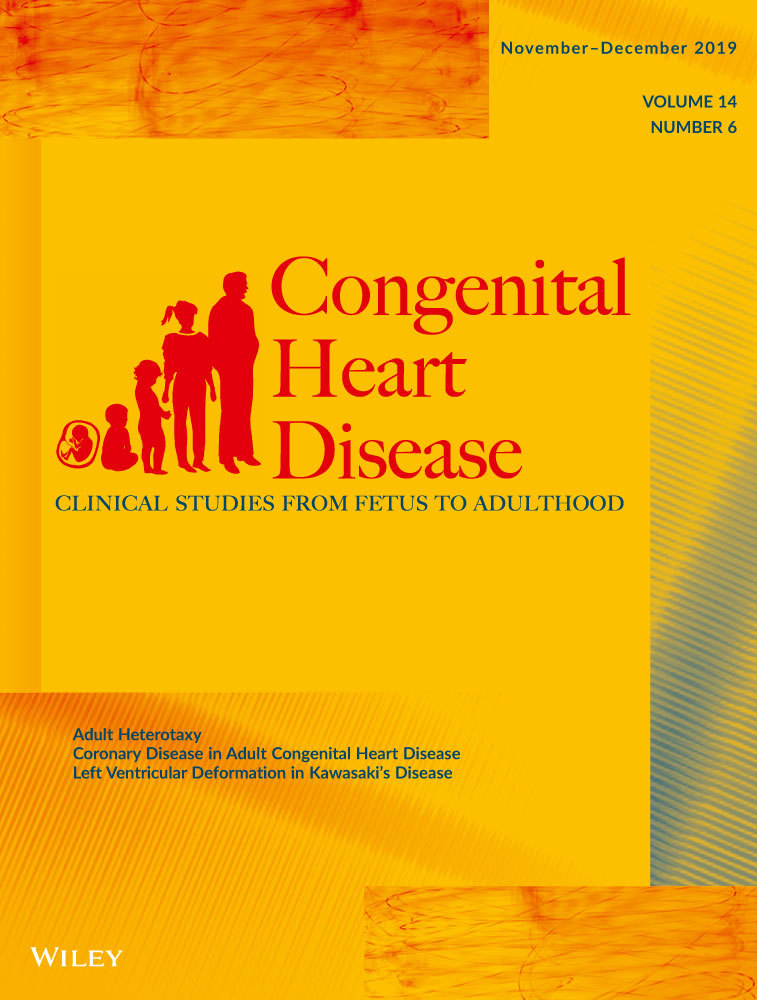Metabolic syndrome in adults with congenital heart disease and increased intima-media thickness
Abstract
Aims
Age-related cardiovascular diseases are a relevant risk in the aging population of adults with congenital heart diseases (ACHD). Risk factors such as the metabolic syndrome (MetS) impact the risk of increased carotid intima-media thickness (cIMT) and thereby long-term cardiovascular diseases. The aim of the study was to assess MetS in ACHD and outline a possible association to cIMT.
Methods and Results
In total, 512 ACHD (43.0 ± 9.6 years, 48.9% female) were screened for MetS by the standards of the International Diabetes Federation, and their cIMT by ultrasound from January 2017 to June 2019. MetS was prevalent in 72 (14.1%) of the ACHD population (34 female, 15.5%). Regarding severity class, patients with simple forms of CHD had a MetS prevalence of 11.8%, moderate 16.7%, and severe 13.8%. ACHD with MetS had significantly increased cIMT compared to ACHD without MetS (ACHD with MetS: 0.587 ± 0.079 mm, ACHD without MetS: 0.560 ± 0.087 mm, mean difference: 0.028 mm, P = .013). Such a difference in vascular structure corresponds to roughly five years of normal vascular aging of the vessels.
Conclusion
ACHD with MetS have a thicker cIMT compared to ACHD without MetS. Screening for MetS and targeting risk factors in ACHD might help to prevent structural alterations of the vessels at an early stage.
CONFLICT OF INTEREST
The authors declare that they have no conflicts of interest with the contents of this article.




